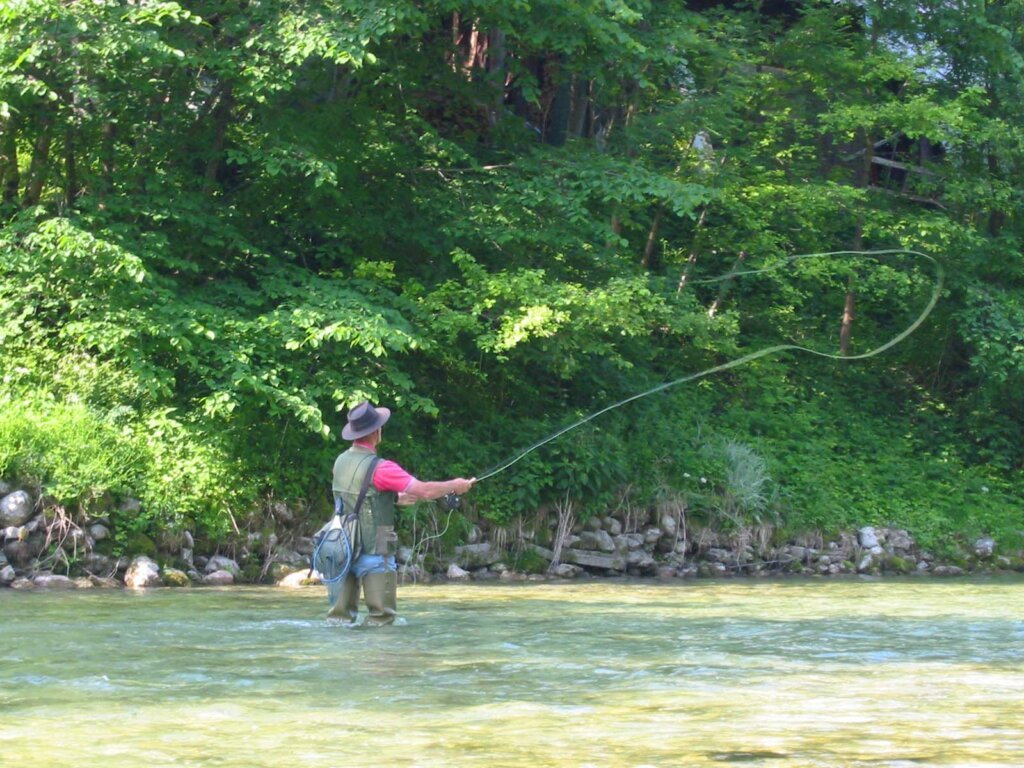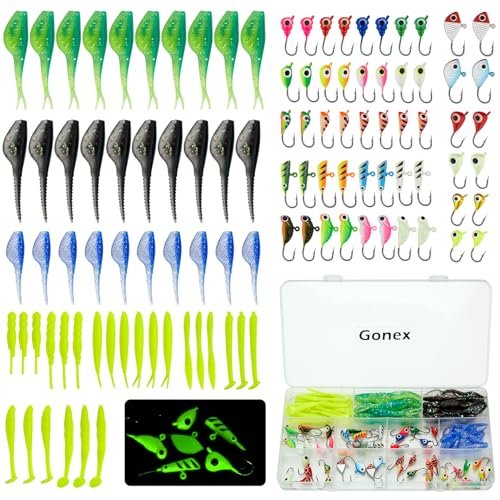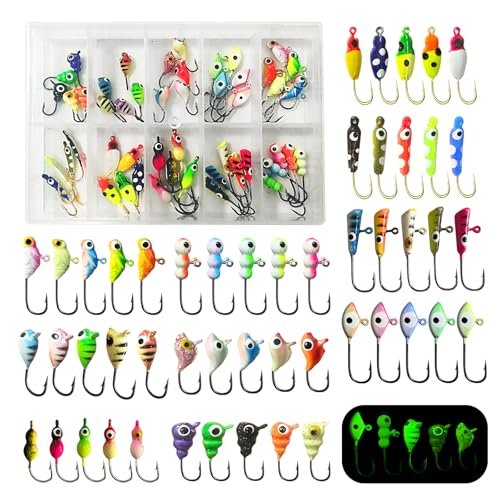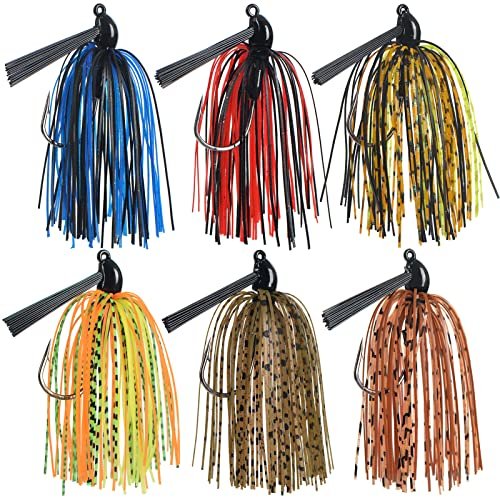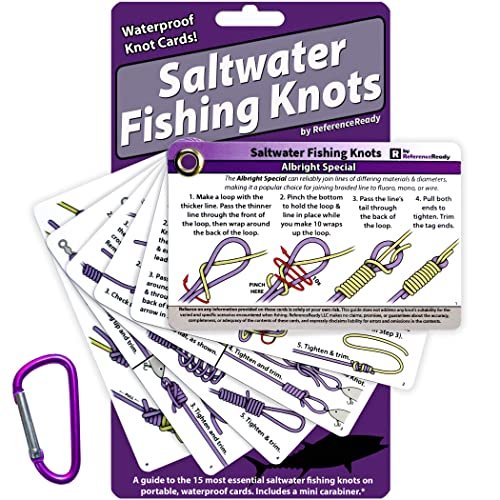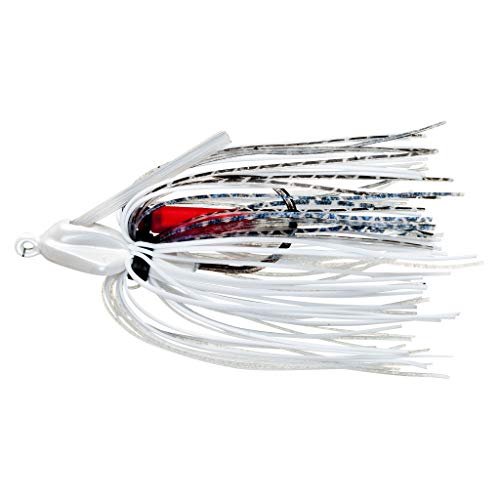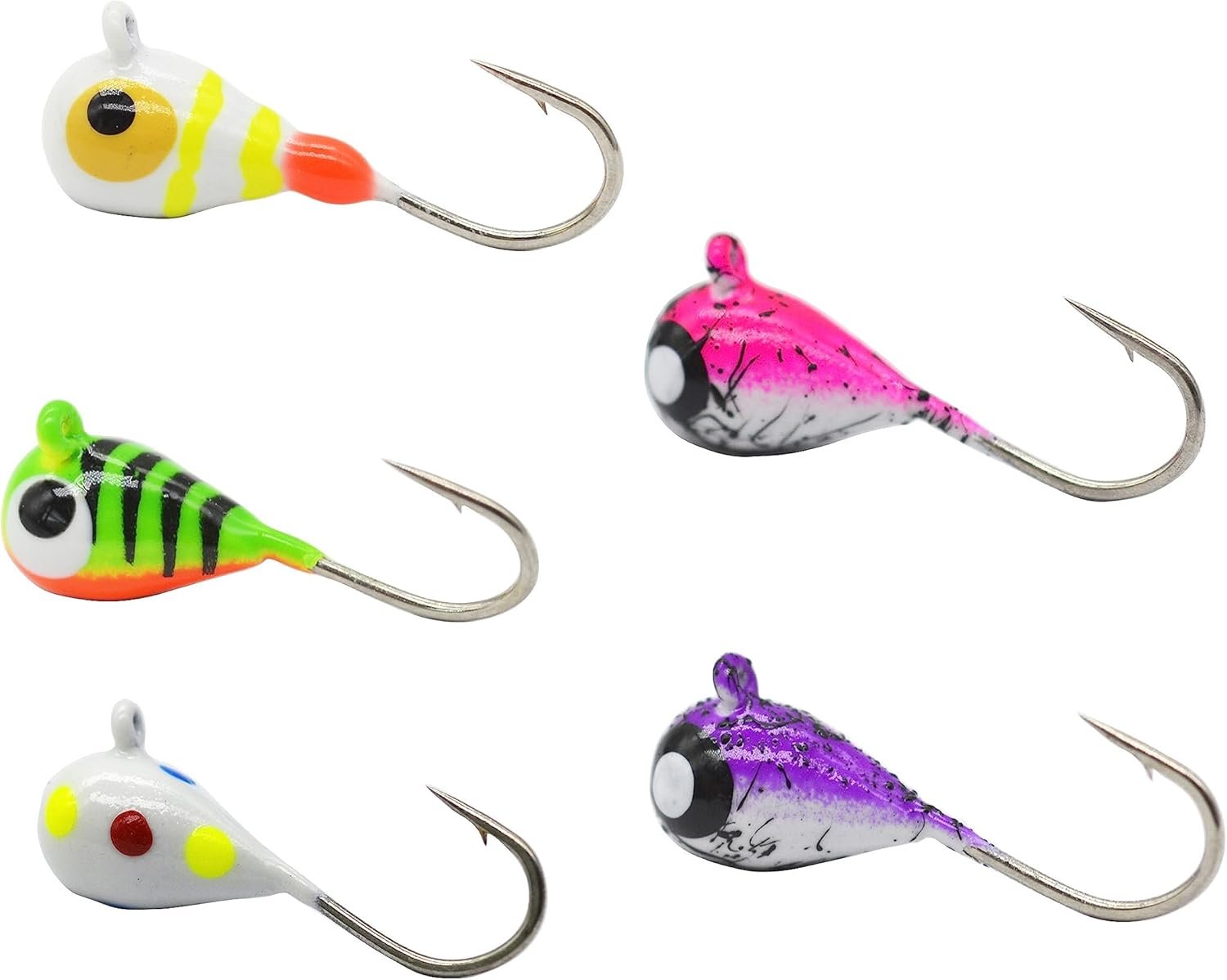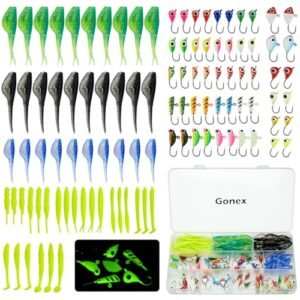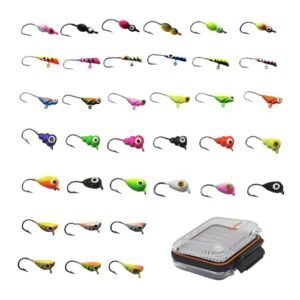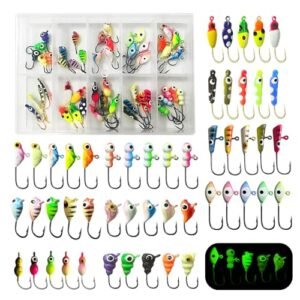Fly fishing is a captivating and ancient method of angling. Fly fishermen rely on skill and technique to mimic insects or bait with artificial flies. This method requires unique gear, including fly rods, reels, and specially designed lines. Many enthusiasts find fly fishing both challenging and meditative.
It offers the chance to connect deeply with nature. Rivers, streams, and lakes provide picturesque settings for this sport. Fly fishing is popular for its artistry and the tranquil environments it promotes. It’s a rewarding hobby that combines patience, precision, and a love for the outdoors.
Introduction To Fly Fishing
Fly fishing is a unique method of fishing. It uses a light-weight lure called a fly. The fly mimics the food of fish. Fly fishing is not just a hobby. It is an art form and a way to connect with nature.
History Of Fly Fishing
The history of fly fishing dates back to ancient times. The first records come from Macedonia in the 2nd century. Fishermen used rods made of wood. They crafted flies from wool and feathers.
Fly fishing became popular in England during the 19th century. It evolved with new techniques and materials. Today, it is enjoyed worldwide.
Basic Principles
Fly fishing relies on the weight of the line. The line carries the fly to the fish. This is different from other fishing methods. They use the weight of the lure to cast.
Casting is a key skill in fly fishing. Anglers use special techniques to cast the line. The goal is to present the fly naturally to the fish.
Flies come in various types. Dry flies float on the water. Wet flies sink below the surface. Nymphs imitate immature insects. Streamers mimic small fish or leeches.
| Type of Fly | Description |
|---|---|
| Dry Flies | Float on the water surface |
| Wet Flies | Sink below the water surface |
| Nymphs | Imitate immature insects |
| Streamers | Mimic small fish or leeches |
Fly fishing requires practice and patience. It is a rewarding experience. Anglers enjoy the challenge and the beauty of nature.
Gear And Equipment
Fly fishing is an art. The right gear and equipment can make the experience more enjoyable. Let’s explore the essential tools every fly fisherman needs.
Rods And Reels
The fly rod is the most critical piece of gear. Fly rods come in different lengths and weights. Choose a rod based on the type of fish and water conditions. A lightweight rod is ideal for small streams. A heavy rod suits big rivers and large fish.
Next, you need a good fly reel. The reel holds the fishing line. It helps you control the fish once hooked. Reels should balance well with your rod. Look for a reel that is durable and smooth.
Flies And Lures
Flies and lures mimic the food fish eat. They are small and lightweight. These can be dry flies, wet flies, nymphs, or streamers.
- Dry flies float on the water’s surface. They imitate insects.
- Wet flies sink below the surface. They mimic drowned insects.
- Nymphs look like immature insects. Fish find them irresistible.
- Streamers resemble small fish or leeches. They attract big fish.
Choosing the right fly or lure can make a big difference. Match them to the local fish diet for best results.
Techniques And Skills
Fly fishing is more than just a hobby; it’s an art. Understanding the techniques and skills involved can elevate your experience. Whether you’re a beginner or a seasoned angler, mastering these aspects can make a difference.
Casting Methods
The casting method is essential in fly fishing. You use it to present the fly to the fish. Different methods suit different situations.
Overhead Cast: The most common technique. It involves lifting the rod over your head and casting the fly forward. It’s perfect for open spaces.
Roll Cast: Ideal for tight spots with little room to maneuver. It involves rolling the line on the water’s surface. This method is useful when trees or bushes are behind you.
Sidearm Cast: This is useful in windy conditions. It involves casting the line sideways to reduce wind resistance. This technique can help you achieve better accuracy.
Reading Water
Reading water is a crucial skill in fly fishing. It involves understanding where fish are likely to be found.
Surface Indicators: Look for rising fish or insects on the water. These signs indicate fish feeding near the surface.
Current Breaks: Fish often rest behind rocks or other obstacles. These breaks in the current offer shelter and food.
Depth and Temperature: Fish prefer specific depths and temperatures. Use a thermometer to check water temperature. Fish are often found in deeper, cooler water.
Structure: Fish like to hide near structures like logs, rocks, or vegetation. These provide cover and attract smaller prey.
| Technique | Best For | Description |
|---|---|---|
| Overhead Cast | Open Spaces | Lift the rod over your head and cast forward. |
| Roll Cast | Tight Spots | Roll the line on the water’s surface. |
| Sidearm Cast | Windy Conditions | Cast the line sideways for better accuracy. |
Types Of Fly Fishing
Fly fishing is a diverse and exciting sport. Anglers use different methods to catch fish. Each type has its own technique and gear. Here, we explore two popular types of fly fishing: Dry Fly Fishing and Nymph Fishing.
Dry Fly Fishing
Dry fly fishing is the most iconic style. Anglers use flies that float on the water’s surface. This imitates adult insects landing on the water. Fish rise to the surface to eat these flies. Watching a trout take a dry fly is thrilling.
Essential gear includes a floating line and light tippet. The flies are often made from feathers and fur. Popular dry flies include the Adams, Elk Hair Caddis, and Royal Wulff.
| Benefits | Challenges |
|---|---|
| Exciting visual action | Requires precise casting |
| Easy to track flies | Weather-dependent |
Nymph Fishing
Nymph fishing involves using flies that sink below the surface. These flies mimic immature insects. Fish often feed below the surface, making this method very effective.
The gear for nymph fishing includes a weighted line or split shot. Anglers also use a strike indicator to detect bites. Common nymph patterns are the Pheasant Tail, Hare’s Ear, and Copper John.
- More consistent results
- Effective in various conditions
Though nymph fishing is less visual, it often yields more fish. The key is to match the nymphs to the local aquatic insects.
Popular Fly Fishing Destinations
Exploring popular fly fishing destinations can elevate your fishing experience. These locations offer unique opportunities and stunning scenery. Let’s dive into some top spots in North America and Europe.
North America
North America boasts some of the world’s best fly fishing locations. Here are a few must-visit spots:
- Montana, USA: Known for the mighty Yellowstone River. A paradise for trout fishing.
- British Columbia, Canada: Famous for its steelhead trout. Rivers like the Skeena offer prime fishing.
- Florida Keys, USA: Perfect for saltwater fly fishing. Home to bonefish, tarpon, and permit.
Europe
Europe offers diverse fly fishing experiences. From mountain streams to rich rivers, here are top European destinations:
- River Test, England: Legendary chalk stream. Ideal for brown trout fishing.
- Pyrenees, Spain: Offers stunning mountain scenery. Great for trout and barbel.
- River Gaula, Norway: Renowned for Atlantic salmon. A top choice for seasoned anglers.
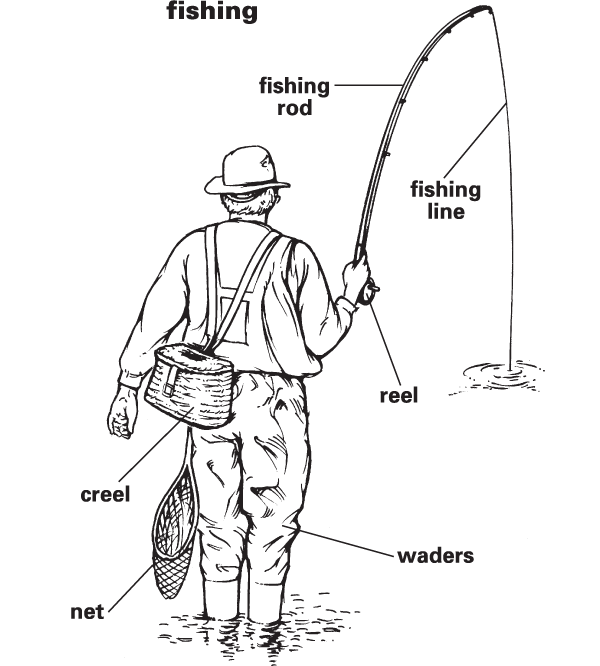
Credit: www.britannica.com
Environmental Impact
Fly fishing is more than a sport; it carries an environmental impact. Enthusiasts of fly fishing often become stewards of nature. They work hard to preserve the waters they love.
Conservation Efforts
Fly fishermen support many conservation efforts. These efforts protect fish habitats. Groups like Trout Unlimited and the Sierra Club lead these activities.
- Restoring natural habitats
- Cleaning rivers and streams
- Monitoring fish populations
These projects help maintain healthy ecosystems. Fly fishermen play a key role. They volunteer time and resources.
Sustainable Practices
Fly fishermen follow sustainable practices to ensure the sport remains eco-friendly. They use catch and release methods to keep fish populations stable.
- Using barbless hooks
- Handling fish carefully
- Releasing fish quickly
These practices reduce stress on the fish. This helps them survive and thrive.
Fly fishermen also use eco-friendly gear. This includes biodegradable lines and non-toxic weights. These choices reduce pollution in the water.
| Sustainable Gear | Environmental Benefit |
|---|---|
| Biodegradable Lines | Reduces water pollution |
| Non-toxic Weights | Prevents chemical leaching |
These efforts and practices make fly fishing a more sustainable sport. Fly fishermen aim to leave the environment better than they found it.
Community And Culture
The world of fly fishing is more than just catching fish. It involves a vibrant community and a rich culture. Fly fishermen share a deep connection with nature. They also value camaraderie and tradition. This connection fosters a sense of belonging among enthusiasts.
Fly Fishing Clubs
Fly fishing clubs are the heart of this community. These clubs offer a place for anglers to gather. Members share tips, stories, and techniques. Clubs often organize events such as fishing trips and workshops. These activities help both beginners and experienced anglers improve their skills.
Joining a fly fishing club has many benefits:
- Access to exclusive fishing locations
- Networking with experienced anglers
- Learning from expert-led workshops
- Participating in conservation efforts
Many clubs also focus on conservation. They work to protect rivers, lakes, and fish species. This ensures future generations can enjoy fly fishing.
Famous Fly Fishermen
Several famous individuals have embraced fly fishing. They have helped popularize the sport and its culture. Here are a few notable names:
| Name | Contribution |
|---|---|
| Ernest Hemingway | Renowned author and passionate fly fisherman |
| Lee Wulff | Fly fishing pioneer and conservationist |
| Joan Wulff | Legendary fly casting instructor |
These individuals have left a lasting impact. Their contributions continue to inspire new generations of fly fishermen.

Getting Started With Fly Fishing
Fly fishing is a relaxing and rewarding outdoor activity. It’s not just about catching fish but also about enjoying nature. Whether you are new to fishing or switching from another style, this guide will help you get started with fly fishing.
Beginner Tips
Starting fly fishing can be simple if you follow some basic tips:
- Understand the Basics: Learn the difference between fly fishing and other types of fishing.
- Choose the Right Gear: Invest in a good quality rod and reel.
- Practice Casting: Spend time practicing your casting technique in an open area.
- Start Small: Begin with smaller fish in easier waters.
- Be Patient: Fly fishing requires patience and practice to master.
Essential Resources
These resources are invaluable for beginners:
| Resource | Description |
|---|---|
| Books | Books like “The Orvis Fly-Fishing Guide” provide detailed information. |
| Online Tutorials | Websites and YouTube channels offer step-by-step guides. |
| Local Classes | Many fishing shops offer beginner classes and workshops. |
| Fly Fishing Clubs | Joining a club can provide community and support. |

Frequently Asked Questions
What Is The Meaning Of Fly Fishers?
Fly fishers are anglers who use a special technique of casting lightweight artificial flies to catch fish. They often fish in freshwater rivers and streams.
What Is The Concept Of Fly Fishing?
Fly fishing is a method of angling using a lightweight lure called a fly. Anglers cast using a specialized fly rod, reel, and line. The technique mimics the movement of insects on water surfaces, attracting fish. Fly fishing requires skill and precision.
What Is The Nickname For A Fly Fisherman?
The nickname for a fly fisherman is “angler. ” Anglers use artificial flies to catch fish, often in rivers or streams.
What Does Fly Fished Mean?
Fly fishing means using a lightweight lure, called a fly, to catch fish. It mimics insects on water.
Conclusion
Understanding the meaning of a fly fisherman opens up a world of tradition and skill. It’s a blend of patience, artistry, and nature. Embracing this timeless practice connects enthusiasts to waters around the globe. Discover the joy and serenity that fly fishing can bring to your outdoor adventures.
